Perio Other – Calculus
Calculus or tartar is a type of hardened dental plaque. It is caused by the collection of minerals which accumulate from saliva and gingival crevicular fluid found in plaque on the teeth. This process kills off the bacterial cells located within dental plaque. The rough and hard surface, however, which remains is an ideal surface for the formation of plaque. This results in the buildup of calculus and compromises the health of the gums. Calculus is able to form both along the gumline or supragingival and within the narrow sulcus which is found between the teeth and the gingiva.
Calculus formations are affiliated with various clinical issues including receding gums, bad breath, and inflamed gingiva. Good oral hygiene which includes twice daily brushing and regular flossing aids in removing the plaque where calculus can form. Once the calculus forms, is too hard to be removed with a toothbrush at home. Ultrasonic tools or dental hand instruments must be used to properly remove the buildup of calculus.
Calculus Formation
The supragingival formation of calculus is most common on the check surfaces in the upper jaw molars and to the surface of the tongue on the lower jaw incisors. These areas have a higher flow of saliva due to their close proximity to the salivary glands. Subgingival calculus forms directly below the gumline and is typically darker in color because of the black-pigmented bacteria. The bacteria cells are covered in a layer of iron from heme which takes place during gingival bleeding. Dental calculus usually forms in layers which are easy to see through electron and light microscopy. These layers are formed during the dental plaque calcification process. The formation of calculus varies significantly for each patient. Various components influence the amount and location of the calculus formations. Common variables include the patient’s age, gender, ethnicity, diet, location in the mouth, oral hygiene, bacterial plaque composition, genetics, dental care access, physical disabilities, disease, use of drugs or tobacco, and medications.
When plaque accumulates, it can cause the gingiva to become inflamed and irritated. This is called gingivitis. When the gingiva is chronically irritated, there is a loss of the connective tissue fibers. These fibers attach the gums to the teeth and bone surrounding the tooth. This condition is called periodontitis. While dental plaque does not directly cause periodontitis, it is it is often affiliated with the condition. When plaque remains in the oral cavity for extended periods of time, it eventually calcifies and turns to calculus. Calculus is bad for gingival health as it results in additional plaque formation.
When plaque is supragingival, the bacteria contains higher levels of aerobic bacteria and yeast. This type of bacteria is able to survive in an environment containing oxygen. Subgingival plaque also contains higher levels of anaerobic bacteria. Including bacteria unable to exist in environments which contain oxygen. Various types of anaerobic plaque bacteria secrete antigenic proteins. This triggers an inflammatory response of the periodontium, specialized tissues which surround and support the teeth. Chronic inflammation of the periodontium may result in the loss of bone and weak gingival fibers. Both of these side effects which are commonly associated with periodontitis. Nearly all patients who have periodontitis are found to have high levels of subgingival calculus deposits. The bacteria present in dental plaque has also been associated with cardiovascular disease in addition to mothers who give birth to pre-term, underweight infants. There is no direct evidence which proves that periodontitis is a risk factor for either of these conditions.

